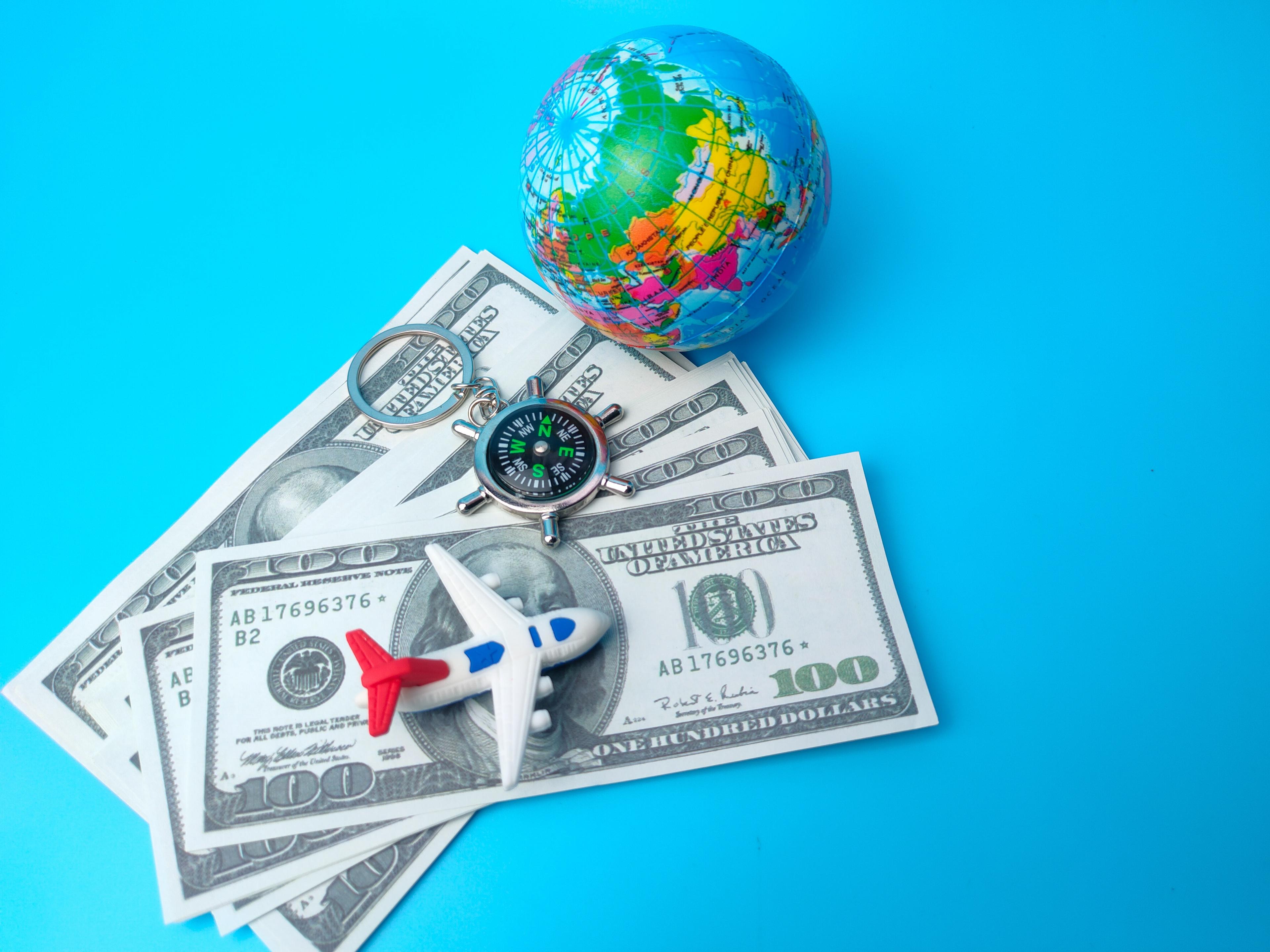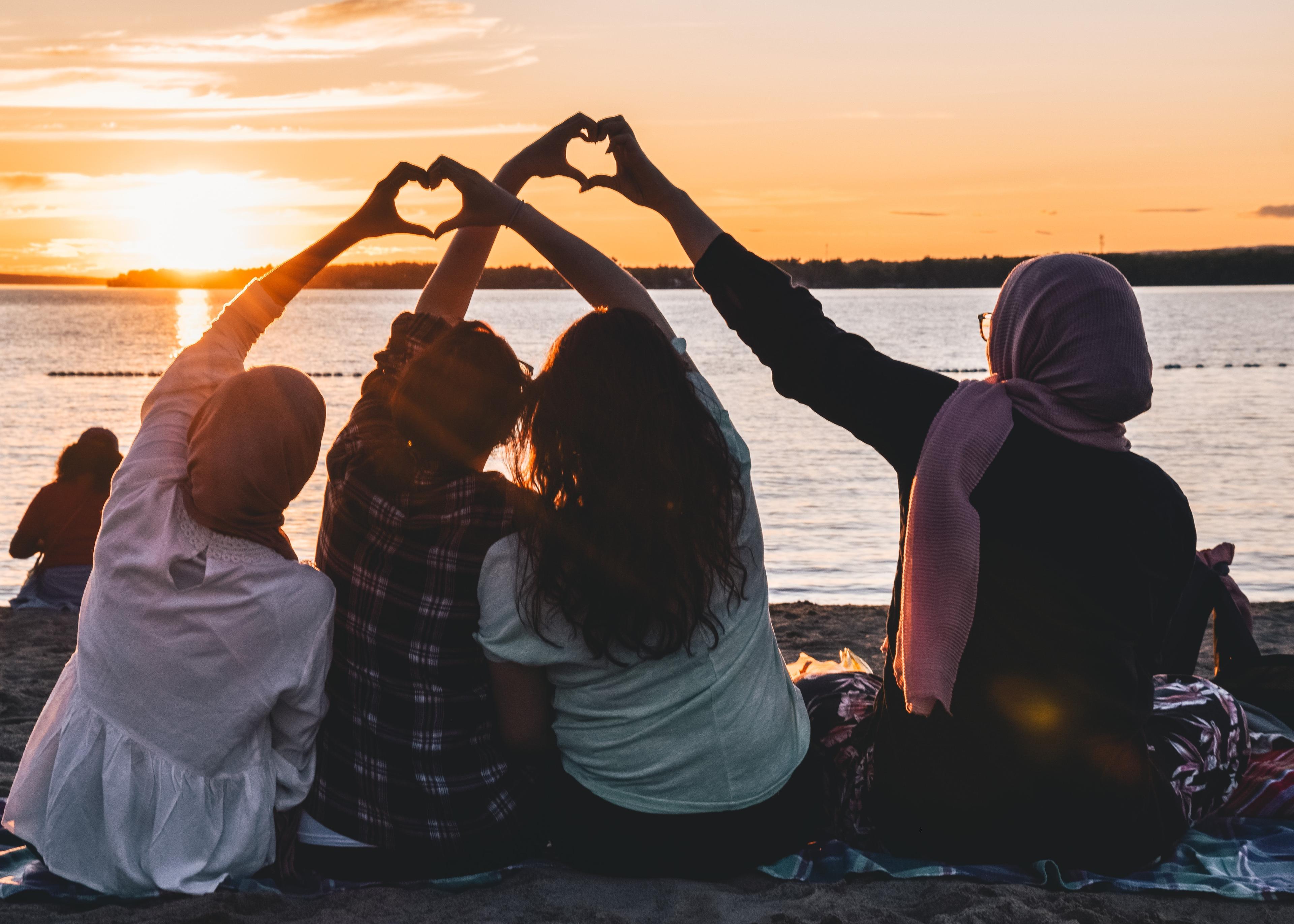Examining the impulse to give locally helps us better understand — and navigate — our moral intuitions.
You might have heard the sentiment that your money can do more good when you donate it to the world’s poorest places. For example, Will MacAskill, author of the book Doing Good Better and co-founder of Giving What We Can, estimates that your money can often do about 100x more good to “benefit the extreme poor” than to “benefit typical citizens of the United States” (MacAskill 22) due to the stark income differences between lower and higher income countries. And the charity evaluator GiveWell agrees that each dollar has more power when donated internationally.1
Yet this sentiment is sometimes difficult to embrace, raising questions like: Shouldn’t you help out members of your own community first? or Don’t you have a special obligation to the people near you?

It’s understandable that some of us may feel a strong pull to give locally. After all, while higher-income countries don’t face poverty on the same scale as lower-income countries (in which it’s far more extreme, and far deadlier)2 there is no shortage of suffering, inequality, and illness in high-income countries. And these are the problems that are right in front of our eyes; we may even know people affected by them.
But should our obligations to people in need really change based on our proximity to them? Where does this pull towards giving locally come from? How do we weigh it against the desire to maximise our impact and do the most good we can? Is there room for both types of giving? These are some of the questions I’d like to explore.
The pull to prioritize giving locally: evolutionary explanations

For much of history, our world was limited to those who were in the same location as us. While the jury is out as to when exactly globalization began, many place it around the time of Columbus’s voyage to America (only about 530 years ago), and others date it much later, starting in the 1800s or even after World War II! In contrast, humans have been living in permanent settlements since the Agricultural Revolution, which happened more than than 12,000 years ago.
So it seems likely that for the vast majority of our time living in communities, we certainly didn’t know much about what was going on outside our local bubbles.
Even when we started to, we couldn’t do much about it. Only very recently have we developed the infrastructure to effect change in other parts of the world. Before we had the necessary technology to reach people who were far away, our acts of “doing good” were limited to helping out those in our immediate surroundings. Since this limitation was lifted only fairly recently, it’s unsurprising that our moral impulses may lag behind.
Now that we can help those in other countries with a few clicks of a Donate button, there’s a very good case for doing so. In fact, according to an estimate from The Lancet, it would cost about $9 billion to provide “full coverage of basic WASH and waste services [clean water, sanitation, hygiene, and waste management] in existing public health facilities in the 46 UN designated least developed countries.” That’s under 2% of the total amount Americans donated to charity in 2021. Directing money to high-impact causes abroad can do a tremendous amount of good.
The pull to prioritize giving locally: psychological explanations
If we are evolutionarily primed to prefer giving locally, why do international disasters strike our moral chords so intensely? In other words, why are many so motivated to give internationally after disasters, but not motivated to fund organizations increasing stability in lower-income countries in non-disaster times? Perhaps we need to examine this disconnect further.
Here’s one possible explanation:
It seems likely that we are more emotionally affected by the unexpected, especially when the unexpected shakes our personal sense of safety.3 This “surprise factor,” along with the sense of urgency and magnitude created by extensive media coverage, perhaps explains why events like the war in Ukraine, Hurricane Maria’s devastation of Puerto Rico, the massive earthquakes in Haiti and Japan about a decade ago, and similarly brutal international disasters often motivate substantial influxes of donations from around the world.

In contrast, extreme poverty in low-income countries is a consistent and ongoing problem. It falls within our paradigm of “normal,” and as such, does not trigger the same type of emotional response (though it should, if we really think about the fact that thousands needlessly die every day from preventable causes, just because of where they happened to be born.)
I would argue that our response to international disasters underscores that we do feel a sense of compassion and responsibility for those outside of our local communities; it’s just that for some, it can take a shock to the system (and/or the sense of extreme urgency/magnitude facilitated by media coverage) to access that compassion.4
When we understand how our psychology works (and that it isn’t always rational), we may be more equipped to extend our compassion to people who aren’t experiencing suffering and health risks because of an unexpected disaster, but rather on an everyday basis — simply due to a lack of funding for global health and development where they happen to live.
It is, in a sense, a disaster of the largest scale that the suffering in certain areas of the world is often thought of as “par for the course” when many of us are actually in a pretty good position to prevent it.
Cosmopolitanism: What does “local” mean, anyway?
Another way to challenge this preference for helping out your “own” community first is to expand the definition of what your “own” community is.
In other words, do you think of yourself as a member of just your particular town, or do you also think of yourself as a member of your country? What about a member of your particular region of the world? Do you consider yourself a member of humankind more generally — a citizen of the world? What about a member of an ecosystem that includes non-human animals as well as humans? Where we decide to draw the borders of “our community” is somewhat arbitrary; there is no clear place to draw the line.
The philosopher Peter Singer popularized a similar idea in his book The Expanding Circle, in which he notes that the project of deciding who warrants our “moral concern” has changed in scope throughout history. He writes:
“The circle of altruism has broadened from the family and tribe to the nation and race, and we are beginning to recognize that our obligations extend to all human beings. The process should not stop there…The only justifiable stopping place for the expansion of altruism is the point at which all whose welfare can be affected by our actions are included within the circle of altruism” (Singer)
This gradual expansion of our altruistic intuitions shows that we are slowly beginning to think of ourselves as citizens of the world — with a responsibility to all we can impact. So perhaps it’s time to expand the definition of community.

Finding our global ties through the “veil of ignorance”
In addition to the arbitrariness of deciding where our “own” community ends, let’s also acknowledge the arbitrariness of where it begins — in other words, the “luck” of where (in both time and space) we happen to be born.
In A Theory of Justice, philosopher John Rawls advocated for choosing principles of justice “behind a veil of ignorance.” In essence, he proposed that in order to remove the biases that might negatively affect our ability to reason in a fair and just manner, we should pretend that we don’t know anything about our “place in society, [our] class position or social status, nor [do we know our] fortune in the distribution of natural assets and abilities, [our] intelligence, strength, and the like” (Rawls 11).
So let’s embrace Rawl’s thought experiment and imagine for a second that we don’t know what “community” we will be part of. Will we be born into a high-income country where we won’t have to worry too much about clean water and sufficient food, and where we’ve already largely eradicated killers like tuberculosis, diarrhoeal disease, and malaria? Or will we be born into a place where extreme poverty is common, and where our lives are more likely to be cut short by a whole host of deadly (yet preventable) conditions?5

Now, given that we don’t know where we will end up, would we advocate for setting up society with tightly-drawn community boundaries, where people only help others who are in the same community as they are? And what would be the consequences of such a decision?
It seems likely that if we were born into an impoverished family in a low-income country, the “local” community resources that were available might not be enough to really help us get by. After all, with so many struggling to meet basic needs, far fewer would be left to extend a hand. In contrast, wanting for resources or aid in a higher-income country would be preferable, since many others in the community would probably be well-equipped to help out.
Because of this discrepancy, if everyone was limited to only receiving help from the people directly around them, global inequality would surely worsen. And that’s certainly not the world most of us would choose!
It doesn’t have to be either/or
Let me be clear: I’m not trying to advocate ignoring your own community and spending all your efforts elsewhere. I would instead argue that there is most decidedly room for supporting those directly around you and those farther away, even within the framework of giving effectively.6 Here’s why:
At its core, effective giving is about applying more careful thinking to the act of donating in order to maximise our impact. It’s this commitment to more closely examining how we can best help others — not necessarily the fruits of that analysis — that people motivated to give effectively share.
Thus, while some might choose to only donate internationally, others might give both locally and internationally, and still others might decide to act locally but give internationally. Being a “good” local community member generally means showing up, not just writing checks, so smaller donations coupled with active participation might be more impactful in a local setting, anyway (depending on the needs of the specific community, of course)! And given that it’s far more practical to volunteer your time and efforts in your local community than to do so overseas, but just as easy to send money overseas than nationally, acting locally while giving internationally isn’t a bad diversification framework.

Where do we go from here?
Regardless of the framework you choose, most people who are passionate about effective giving would likely agree that the current percentage of international giving is far too low — only about 6% of the total charitable donations made by residents of the U.S. are donated internationally. Thus, there is certainly room for us to examine — and perhaps challenge — some of the biases that lead us to deprioritize international giving, especially since it allows us to do more good with every dollar and is so neglected when compared to local causes.
I’ll leave you with this: If you were given the power to (at little cost to yourself) dramatically improve the lives of those whose suffering is too often overlooked, would you do so? Or would you first ask where they lived?
Liked this article? You might also like: What's the antidote to hypernationalism?
Footnotes
1. Of course, an organization working on a particularly high-impact policy change in a high-income country could do incredible amounts of good, if the change were to be successful. The same is true for organizations trying to mitigate existential and catastrophic risk. The goal here is not to say that giving internationally is always better than giving locally, just that it often allows us to magnify our impact, doing more good with each dollar we spend.
2. For a comparison of global poverty and domestic poverty, see MacAskill’s Doing Good Better, p.184
3. See this 2007 study about how unexpected auditory stimulation provokes increased activation of the amygdala, the part of the brain that regulates emotional response
4. The Center for Disaster Philanthropy’s analysis of 2017 and 2018 disaster giving among U.S. households cites “media coverage as a driving factor for disaster giving.” That said, the scale of the disaster as well as personal connection to it were also top motivating factors reported by disaster relief donors. See: https://www.issuelab.org/resources/34757/34757.pdf
5. We can ask similar questions about the time we are born into. Will we be born into a time where the climate is still livable and nuclear war unlikely? Or will we be born into a time when climate-related deaths are the norm and nuclear war could happen any day? Asking these questions may encourage us to extend our circle of concern to those who will (hopefully) come after us, and to donate to organizations working to safeguard the long-term future.
6. In fact, GiveDirectly, one of the charities our donation platform supports, runs cash-transfer programs both in the U.S. and internationally.